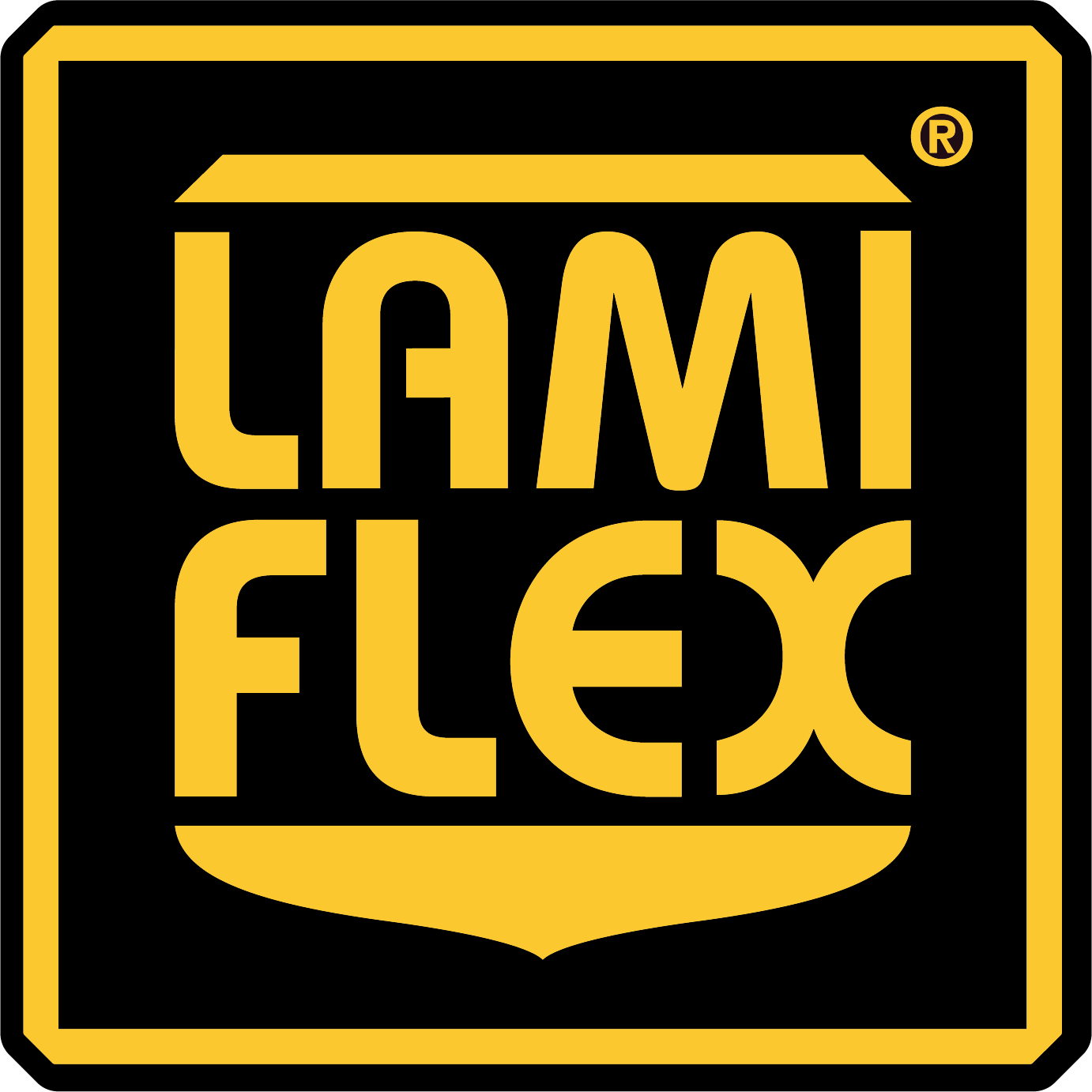Corrosion is the enemy of many steel and aluminum producers. By understanding the driving factors behind corrosion, we can better understand how to minimize the problem.
Below is a summary from a webinar with Johan Ahlström, RISE Research Institute of Sweden. The webinar was hosted by Lamiflex. To watch the webinar in full, go to https://lnkd.in/dmZq7Dr.
What is corrosion?
Atmospheric corrosion occurs on the surface of metal objects when there is a thin moisture film on the surface. The water film allows a chemical reaction with different substances and ions. It also allows ions to move over the surface.
When a metal oxidizes, electrons are produced in an anodic reaction and electrons are consumed in the cathodic reaction, where oxygen, water and electrons form different hydroxides.
Important parameters for corrosion
The most important environmental factors that drive corrosion are the ambient temperature, moisture (relative humidity) and the presence of pollution, both in gas form and as particles. These factors combined create conditions where more or less corrosion will occur.
Climate factors
- Temperature
- Moisture
Air pollution
- Gases
- Particles
Humidity as a corrosion factor
The presence of a moisture or water film on a metal surface is a prerequisite for corrosion. As the thickness of the water film increases, the reaction can occur easier, and the amount of corrosion increases.
For carbon steel, a relative humidity over 80% is a risk factor for corrosion. The corrosion rate then increases exponentially with higher humidity, as the thickness of the water film increases.
Higher relative humidity will result in a thicker moisture film, with more monolayers of water. At 5-10 monolayers, ions and other particles can move more freely, which will increase corrosion.
Temperature differences and condensation as a corrosion factor
If a steel coil is packed inside the factory at 20°C with a relative humidity of 50%, and then loaded onto a truck for transport in 0°C, the air inside the packaging will condense into water. The more air that is contained inside the packaging, the thicker will the water film become.
To prevent corrosion, it is important to minimize the amount of air contained inside the packaging, for example by tight wrapping, through the eye for metal coils.
Humidity in different climates
The relative humidity is usually high in colder climates, and lower as the temperature increases. The exception is tropical areas, which combine high temperature and high relative humidity.
“Time of wetness” is highest in the tropical climates, including southeast Asia and parts of southeast China, followed by the British Islands, northern continental Europe, southern Scandinavia, the Baltics and central and eastern Europe.
The amount of corrosion increases when the metal surface is wet for longer periods of time.
Temperature as a corrosion factor
Increased temperature increases the reaction rate of corrosion, but the temperature also affects the relative humidity. Temperature affects corrosion differently in different climates.
In Scandinavian inland climates, the most corrosive temperature is at about 10°C.
In marine atmospheres, the corrosivity increases with higher temperatures as the humidity is always high.
Corrosion is worst in tropical marine atmospheres which combine high temperatures with high relative humidity and time of wetness.
Pollution as a corrosion factor
The amount of pollution in the air also affects the amount of corrosion. The more pollution there is, the worse the corrosion. Gases and particles both contribute to increased corrosion, but some substances are more corrosive. Below are some examples.
Corrosive gases:
- Sulfur dioxide
- Nitrogen dioxide
- Ozone
- Nitric acid
- Hydrogen sulphide
- Ammonium
- Chlorine
- Hydrogen flouride
- Organic acids
- Aldehydes
Particle pollution:
- Sulfate
- Nitrate
- Chloride
- Soot
The most important of the above are sulfur dioxide and chlorides. Sulphur dioxide is a corrosive gas, which forms sulphidic acid in contact with water. Sulphidic acid lowers the pH which contributes to more corrosion.
Chlorides and other salts contribute to a thicker water film on the metal surface and increases the electrical conductivity in the water film. Chlorides may cause pitting corrosion on aluminum.
Summary
- Higher relative humidity increases the thickness of the waterfilm on a steel surface and this will increase corrosion.
- The longer the metal surface is wet, the more corrosion can occur.
- Increased temperature generally contributes to increased corrosion as the reaction rate increases.
- Temperature changes can cause condensation inside coil packaging. If the coil is wrapped tightly and through the eye there is less air and less moisture that can condensate.
- Pollution increases corrosion as it can lower the pH or increase the electrical conductivity of the waterfilm so that more reactions can occur.
- Sulfur dioxide and chloride are among the most potent corrosion-promoting pollutants.
To watch the webinar in full, go to https://lnkd.in/dmZq7Dr.

